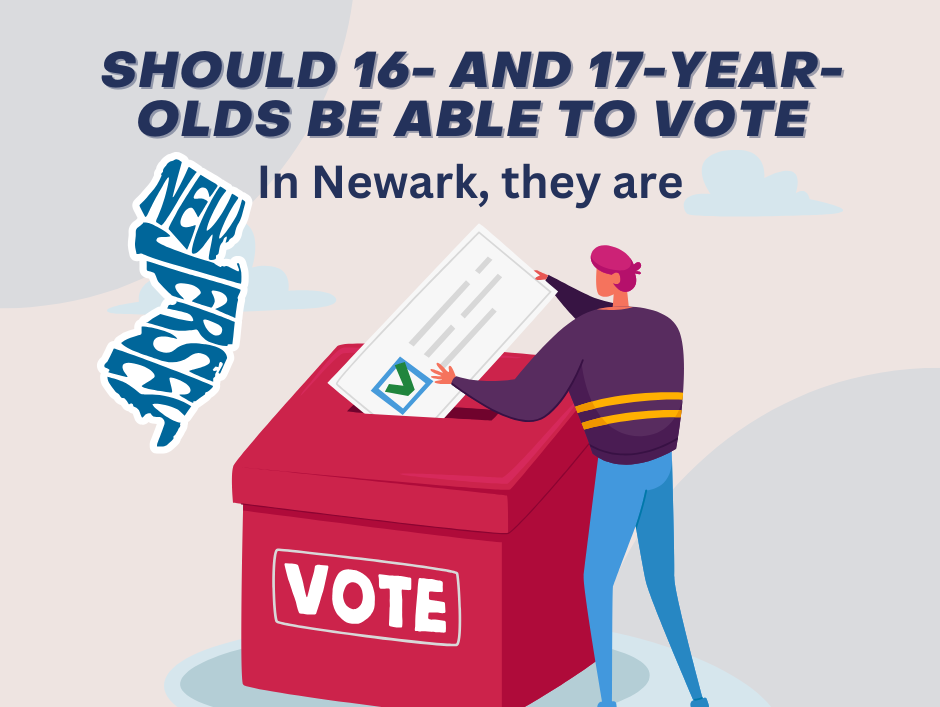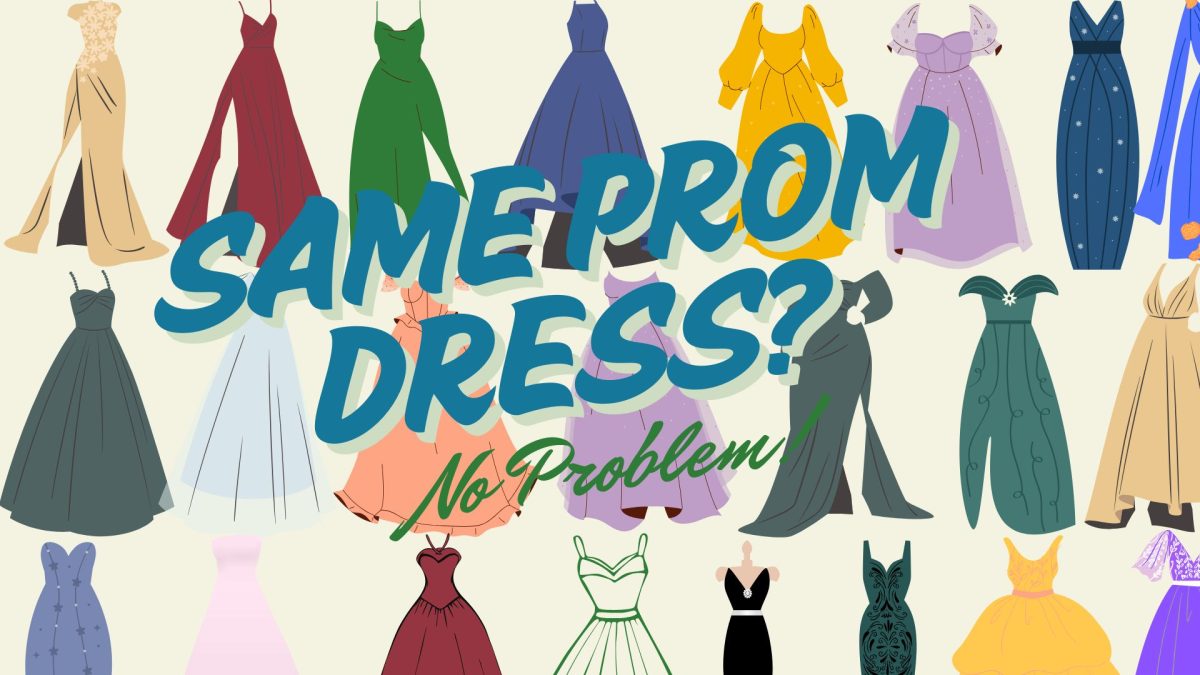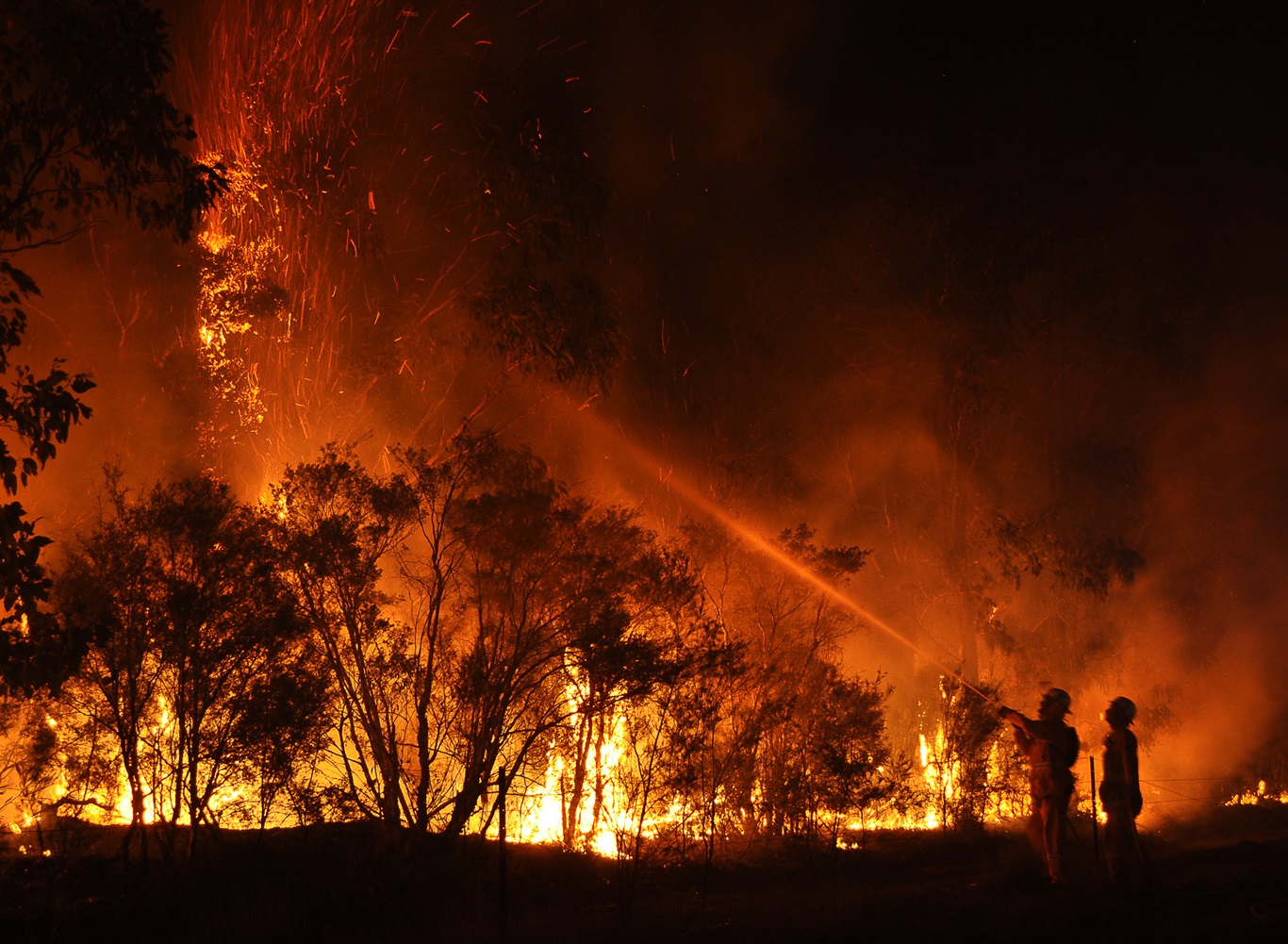
How can we slow down climate change in a warming world?
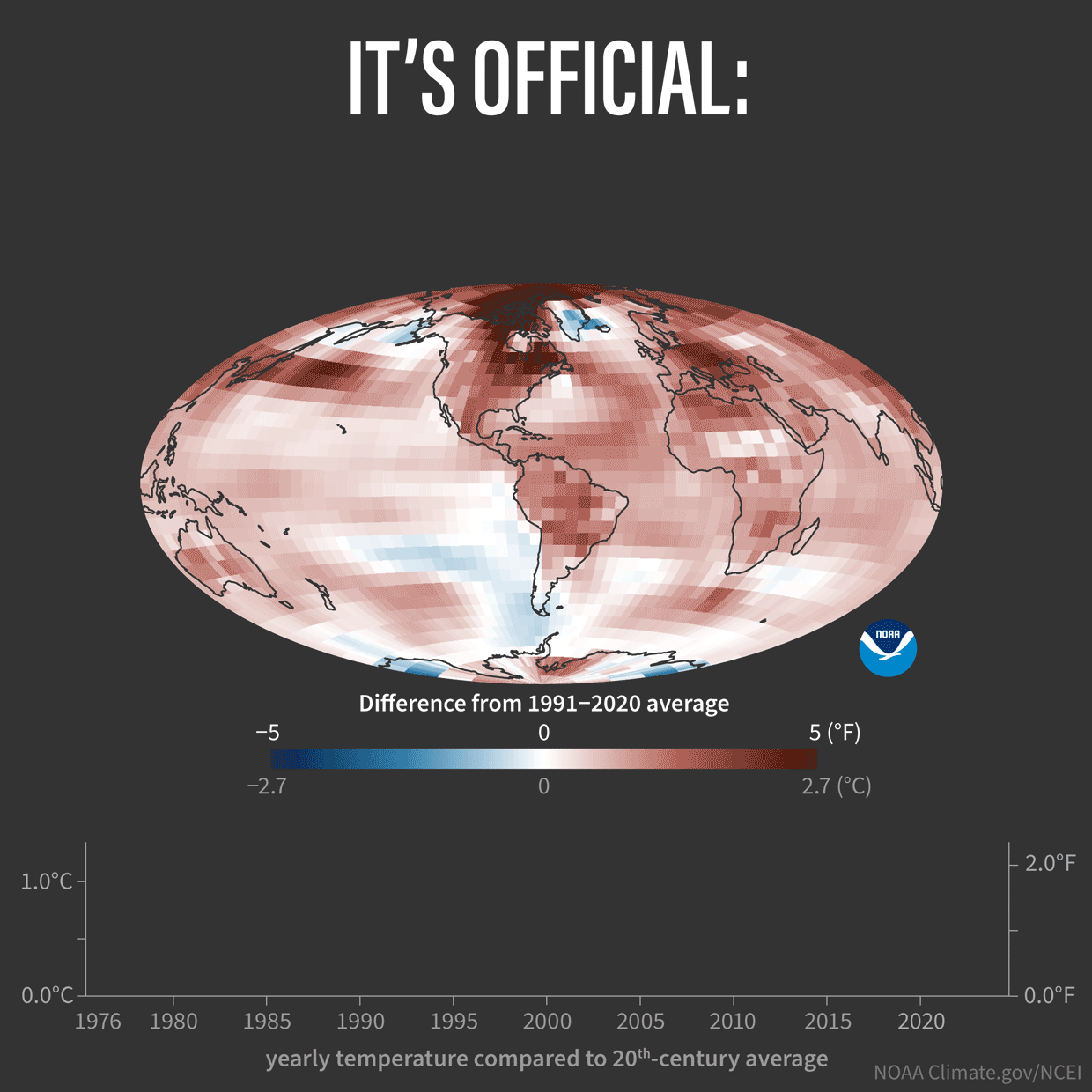
Climate change is the permanent change to temperature and weather patterns on Earth. Climate change is primarily driven by human activities that produce carbon dioxide emissions.
“The climate is the overall patterns of temperature and precipitation in an area,” said Stacy Grady, Del Val’s Environmental Science teacher. “When that changes, you get varying patterns of temperature and precipitation. So, climate change is when the patterns, the normal expected patterns for temperature and precipitation, change over long periods of time.”
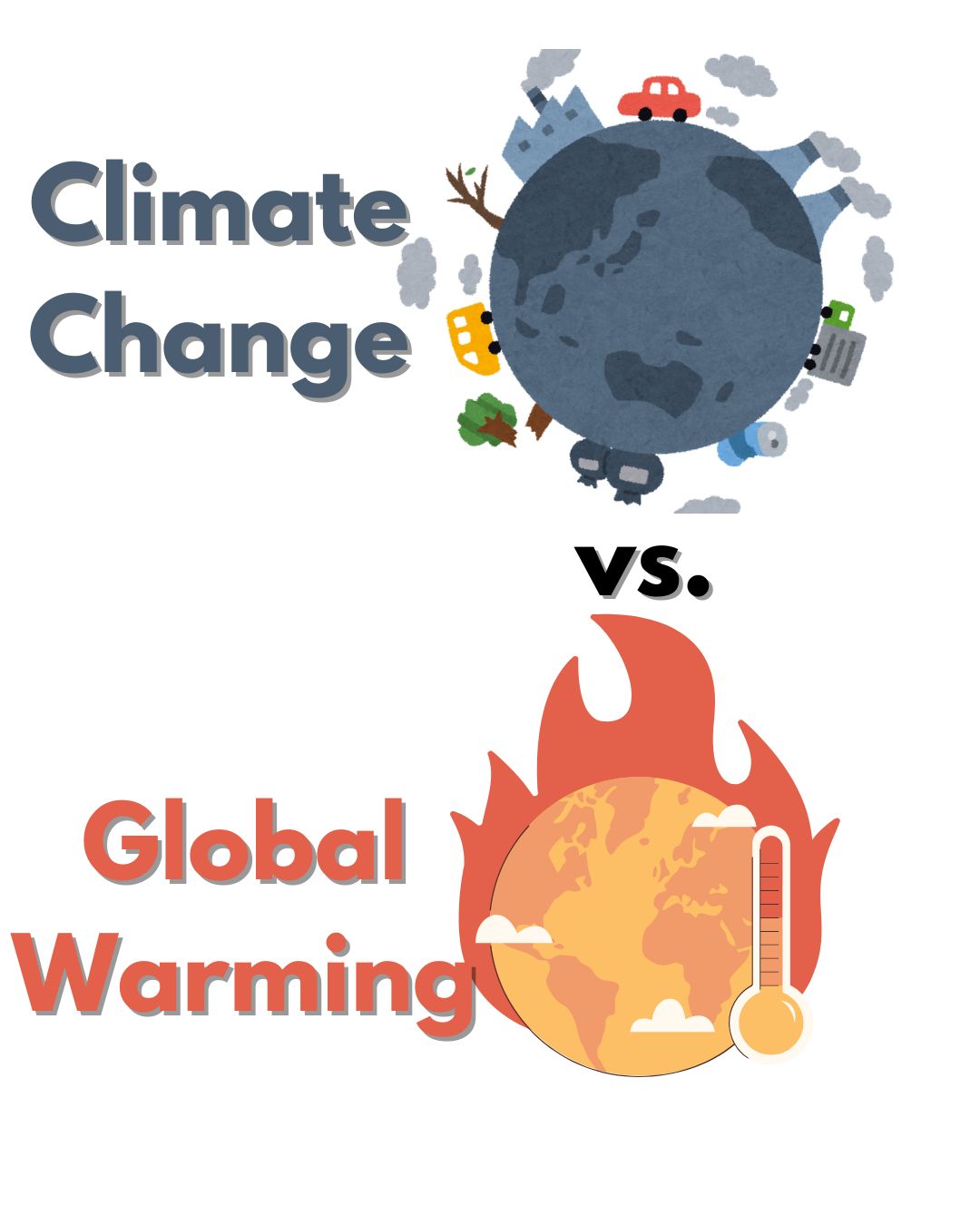
Climate change is the permanent change to temperature and weather patterns, while global warming occurs when carbon dioxide, air pollutants, sunlight and solar radiation get trapped inside the Earth’s atmosphere which causes the planet to grow hotter.
“Global warming is a piece of climate change,” said Grady.
When discussing environmental issues, it is important to remember that climate change and global warming, although they are related, are different from one another.
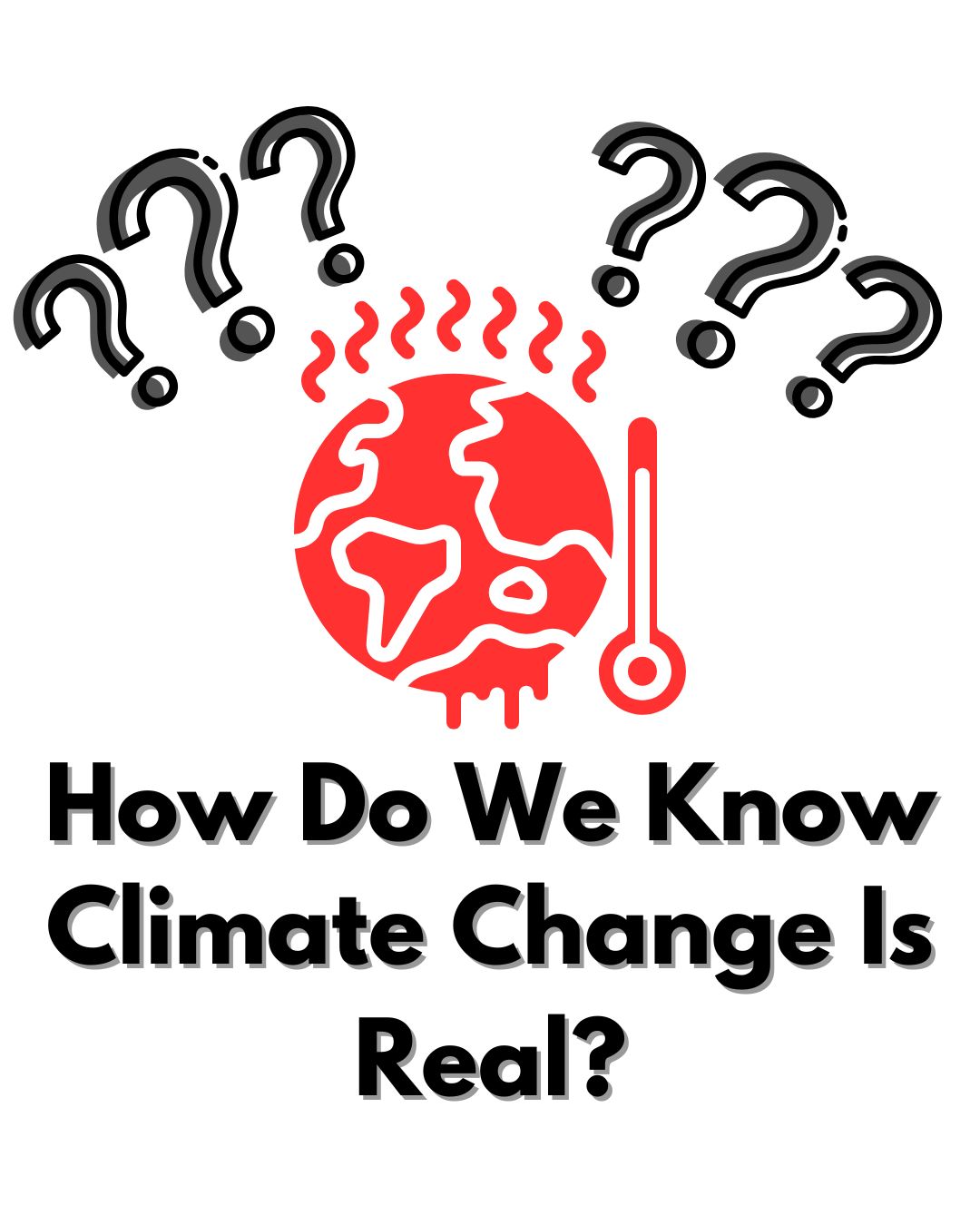
New technology such as satellites orbiting the Earth collect data and help scientists discover new information about the rising temperatures and increase in the change of the world’s climate.
Over time, the data that scientists have been collecting from these satellites up in space have gradually revealed the big picture of climate change. Showing that it’s a real occurring event in our world that has taken place for over a century.
“It’s science literacy. The thing that I teach in my environmental science course is, ‘okay, fine. Where’s your data? What’s the source of the data? Who’s sponsoring the research?’” said Grady. ”But if you look at true unbiased data, it’s a thing”.
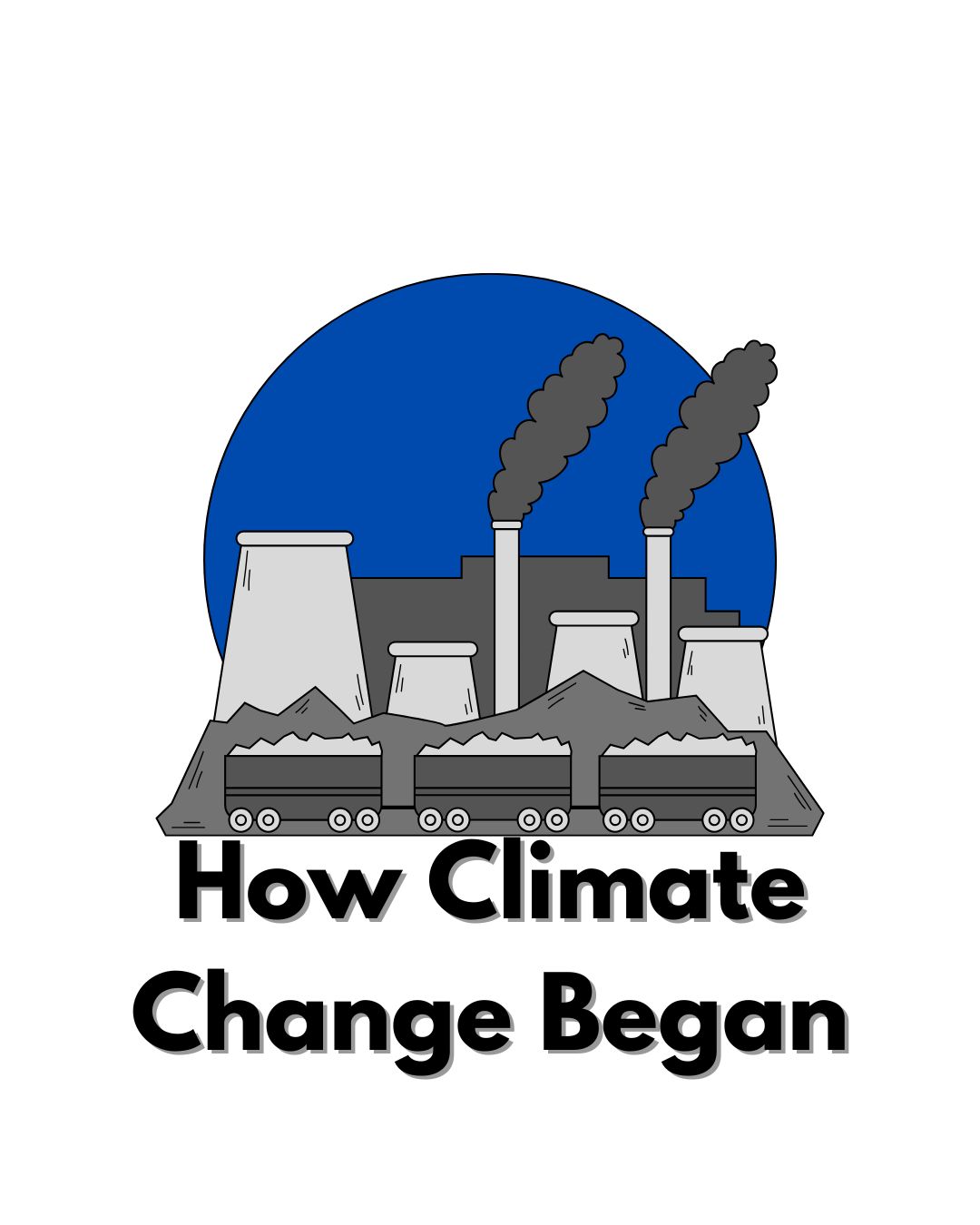
Climate change as we know it today, was created due to the actions of people during the industrial revolution, when humans started burning coal. When coal is burnt, it releases CO2 into the atmosphere which traps more heat inside the Earth’s atmosphere.
“We knew that coal put a lot of carbon into the atmosphere because coal is basically carbon and when you burn carbon you get carbon dioxide,” said Grady. “They predicted that there would be, if we continued to burn coal, we would see an increase in carbon in the atmosphere in the form of carbon dioxide which could cause global issues related to the Earth’s temperature.”
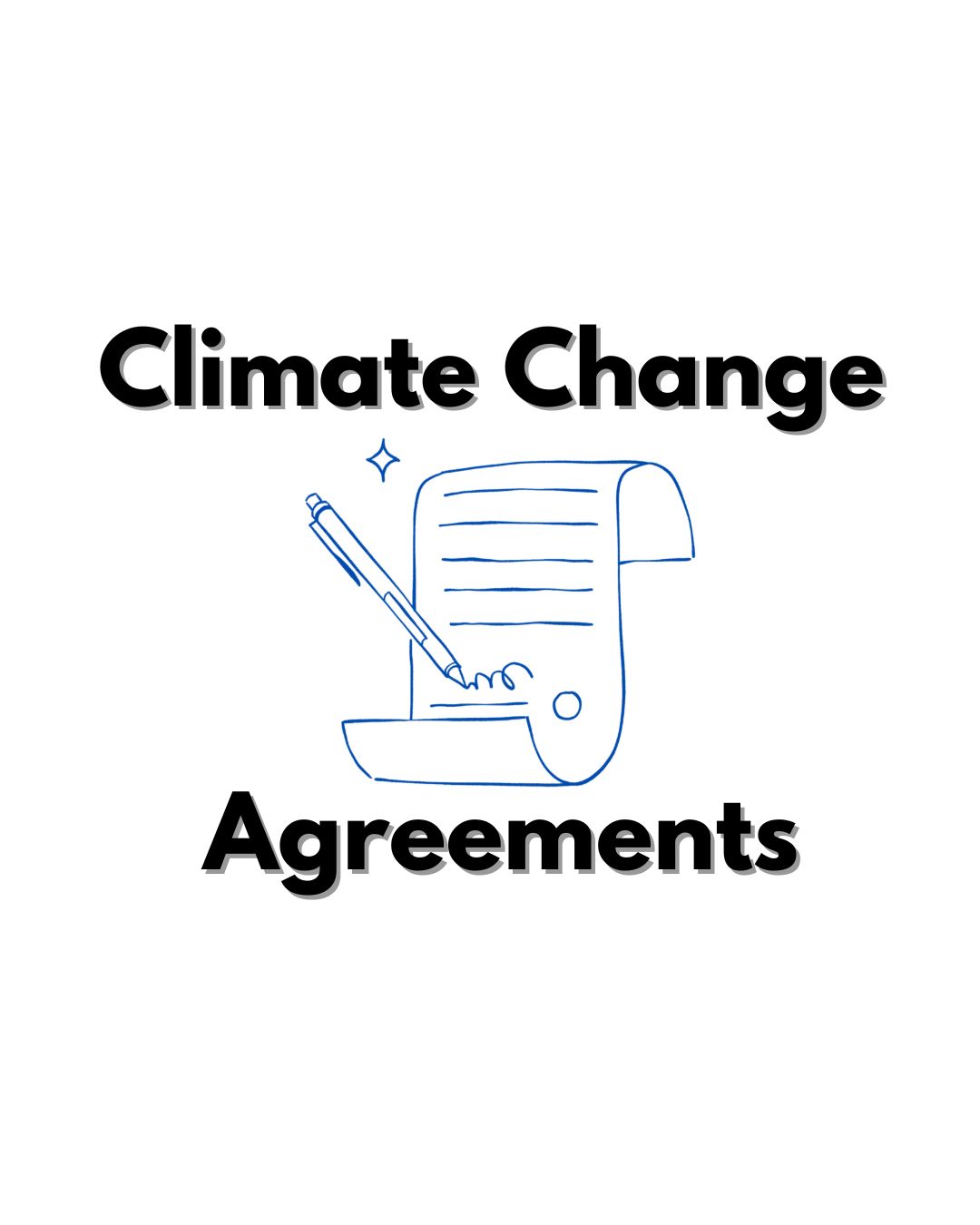
Many agreements and conventions have been signed globally in order to stop the advancement of climate change.
The Paris Agreement is a legally binding international treaty to combat climate change.
It somewhat superseded the Kyoto Protocol — which is still in effect — by improving parts of the Protocol’s goals.
According to the Paris Agreement, “It was adopted by 196 parties at the United Nations Climate Change Conference (UNFCC) in Paris, France, on December 12, 2015, and it was enforced on November 4, 2016.”
Its main goal is to keep the Earth’s temperature below 2° Celsius (or 3.6° Fahrenheit) above pre-industrial levels.
To do this, the Paris Agreement requires that countries socially and economically reform in order to reduce greenhouse gas emissions.
The Kyoto Protocol is an international agreement on climate change.
It was adopted by 192 parties in Kyoto, Japan, on December 11, 1997; due to a complex ratification process, it was enforced much later, on February 16, 2005.
Its main goal is to reduce the rate of greenhouse gas emissions of developed countries or economies.

The United States helped develop both the Kyoto Protocol and the Paris Agreement.
The US did sign the Kyoto Protocol’s document in 1998, but never officially ratified it, meaning they were not officially signed on to the protocol.
However, the US did officially sign into the Paris Agreement in 2016 under Barack Obama’s presidency. This would be revoked a year later by Donald Trump. Four years later, though, in 2021, Joe Biden re-instated the US in the Paris agreement.
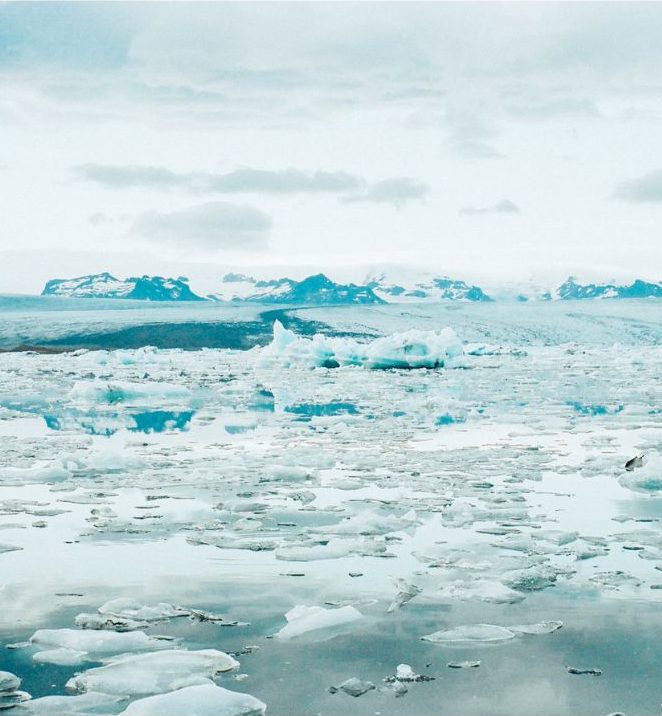
Climate change today is very unpredictable and drastic. “The crazy thing about climate change is that the climate system is so complex,” said Grady. “It’s really hard to predict.”
For example, the number of natural disasters has been quickly growing since the 1950s.
Natural disasters have grown in numbers and in danger levels. The highest speed for a tornado today is 318 miles per hour. In the 1950’s, the highest speed recorded was 200 mph.
Additionally, temperatures fluctuate dramatically now. For example, one winter day in New Jersey could have a temperature of twenty-two degrees, and then the next day, the temperature will go all the way up to sixty degrees.
Also, the Earth goes through natural cycles of where the Earth is a warmer temperature than what is normally expected. However, the Earth has never experienced the type of heating it is going through now.
“So there have been natural cycles where the temperature has been cooler and warmer, absolutely. But the thing you have to look at is the rate at which it is happening,” said Grady. “It’s happening much faster really in the last two hundred years or so, closer to three hundred years, than it ever has before.”
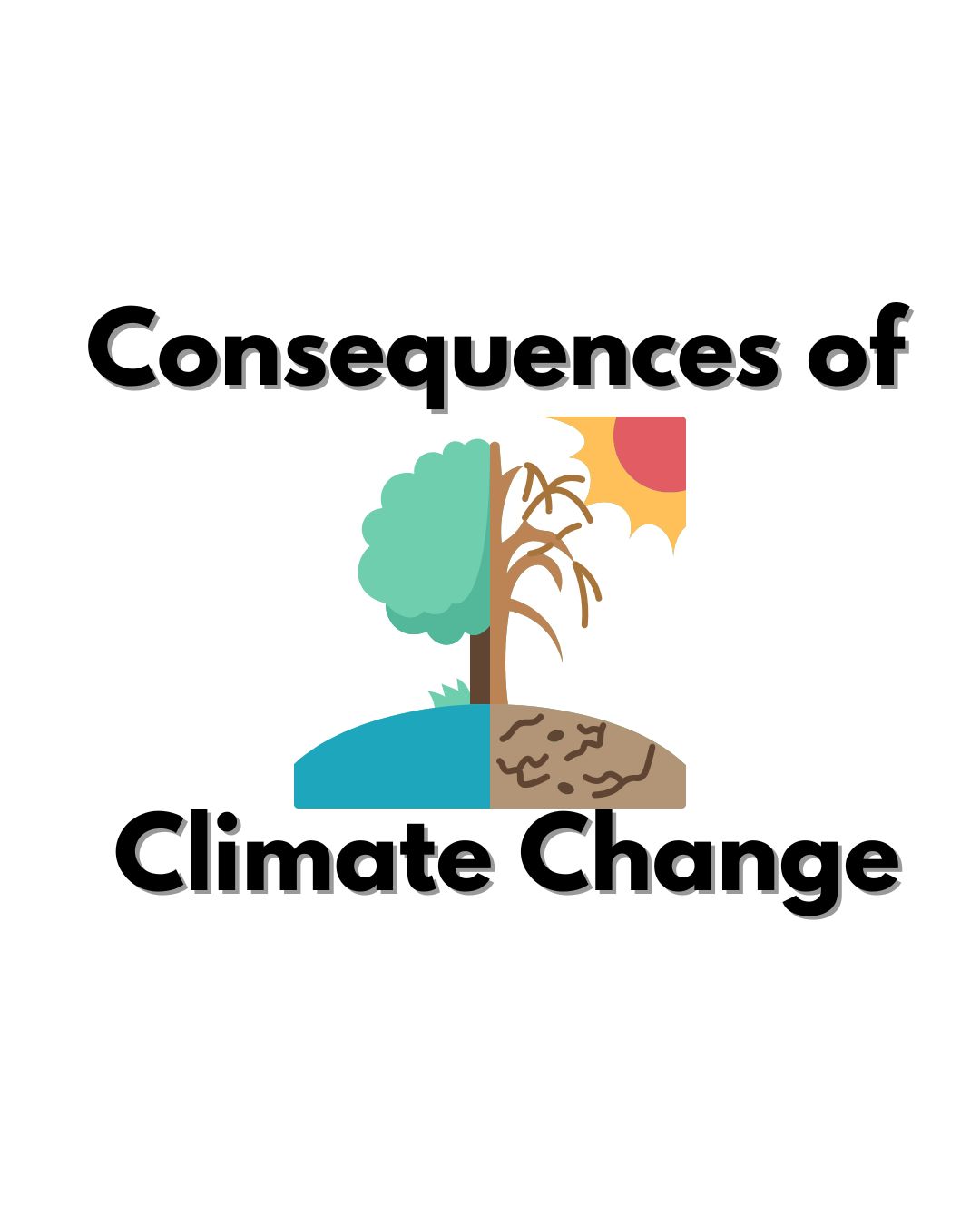
While global warming seems like the main puzzle piece to climate change’s consequences, there are many different effects of climate change as well. For example, oceans getting warmer, ice sheets shrinking, glaciers retreating, arctic sea level declining and increasing amounts of natural disasters.
“Loss of land as a result of sea level rise, lower food production as those weather extremes flood and drown fields, versus drought dries the crops up,” said Grady. “A really unintended consequence that I didn’t really think about until I started teaching environmental science: the idea of a climate refugee.”
The new average surface temperature is now roughly 2 degrees higher than it was in the nineteenth century. This rise in temperature was largely driven by the increased amount of carbon dioxide emissions due to increased human reliance on fossil fuels. Additionally, in the past 40 years, the most recent seven years are where the most warming on this planet has occurred. 2016 and 2020 are both tied for being the years where the most warming has happened.
“Current carbon dioxide levels in the atmosphere are higher than they have been ever in any of the data we have which goes back about one million years or so,” said Grady.
Throughout history, the ocean has absorbed the most amount of heat compared to the entire planet. The top 100 meters of the ocean show warming of 0.67 degrees Fahrenheit (0.33 degrees Celsius) since 1969. This is mainly due to the ocean being the designated spot for the Earth to store any extra energy that is not needed (the Earth stores 90% of the energy on the planet in the ocean).
Along with the topic about the heating of the ocean, the heat rising in the ocean causes more frequent oceanic heat waves, which plays an important role in the killing of corals and other species living in the ocean.
The ocean warming is causing the number of hurricanes yearly to increase rapidly. Due to hurricanes requiring warm temperatures in the water to form, and the temperature of the oceans rising exponentially in recent years, the number of hurricanes per year have also been increasing in number.
The sea levels in the ocean are also rising due to this heat. “As a liquid heats up, it expands,” said Grady. “As the ocean gets warmer, because the atmosphere is getting warmer, the ocean is going to expand.”
The global sea level has risen roughly 8 inches in the past century. The rate of sea level growth has merely doubled the rate of sea level growth from the last decade.
Another factor that raises the sea level are the melting ice caps and glaciers which ultimately cause a surplus of freshwater to be released into the ocean.
Ever since the industrial revolution, the acidity of the ocean has increased roughly around thirty percent, which is caused by human activities that result in emitting carbon dioxide into the atmosphere. The ocean has absorbed around twenty to thirty percent of anthropogenic CO2 emissions in the most recent decades which is equal to approximately 7.2 to 10.8 billion metric tons every year.
Ocean acidification is also altering marine ecosystems. CO2 and heat are both absorbed by the ocean. When CO2 is absorbed and dissolved in the ocean, it causes the water to become more acidic. Ultimately, this makes it more challenging for corals and some other marine life to grow shells and protect themselves.
The Greenland and Antarctic ice sheets have been decreasing in mass for over many years. Data from NASA’s Gravity Recovery and Climate Experiment show that Greenland has lost an average of 279 billion tons of ice per year between the years 1993 and 2019, while Antarctica lost roughly 148 billion tons of ice per year.
According to the Greenland Ice Sheet Study conducted by NASA, Greenland, one of the largest ice sheets on Earth, has lost over 3.8 trillion tons of ice between the years 1992 and 2018. During this study, there was also a rough estimate of about 3 to 5 extra inches added to the rising sea level. These measurements align almost perfectly on track for the worst case scenario predictions if this average rate of ice loss in Greenland continues.
Glaciers all around the world are retreating – including the Alps, Himalayas, Andes, Rockies, Alaska, and Africa.
Observations from satellites reveal that the amount of spring snow cover in the Nothern Hemisphere of the Earth has decreased dramatically over the past five decades. It additionally presents the information that the spring snow that does show up has also been melting at a quicker rate than normal.
In the United States, the record of extreme high temperature events have been increasing and becoming the “norm” of modern day while the record of low temperature events have been rapidly decreasing and considered a rare occurrence.
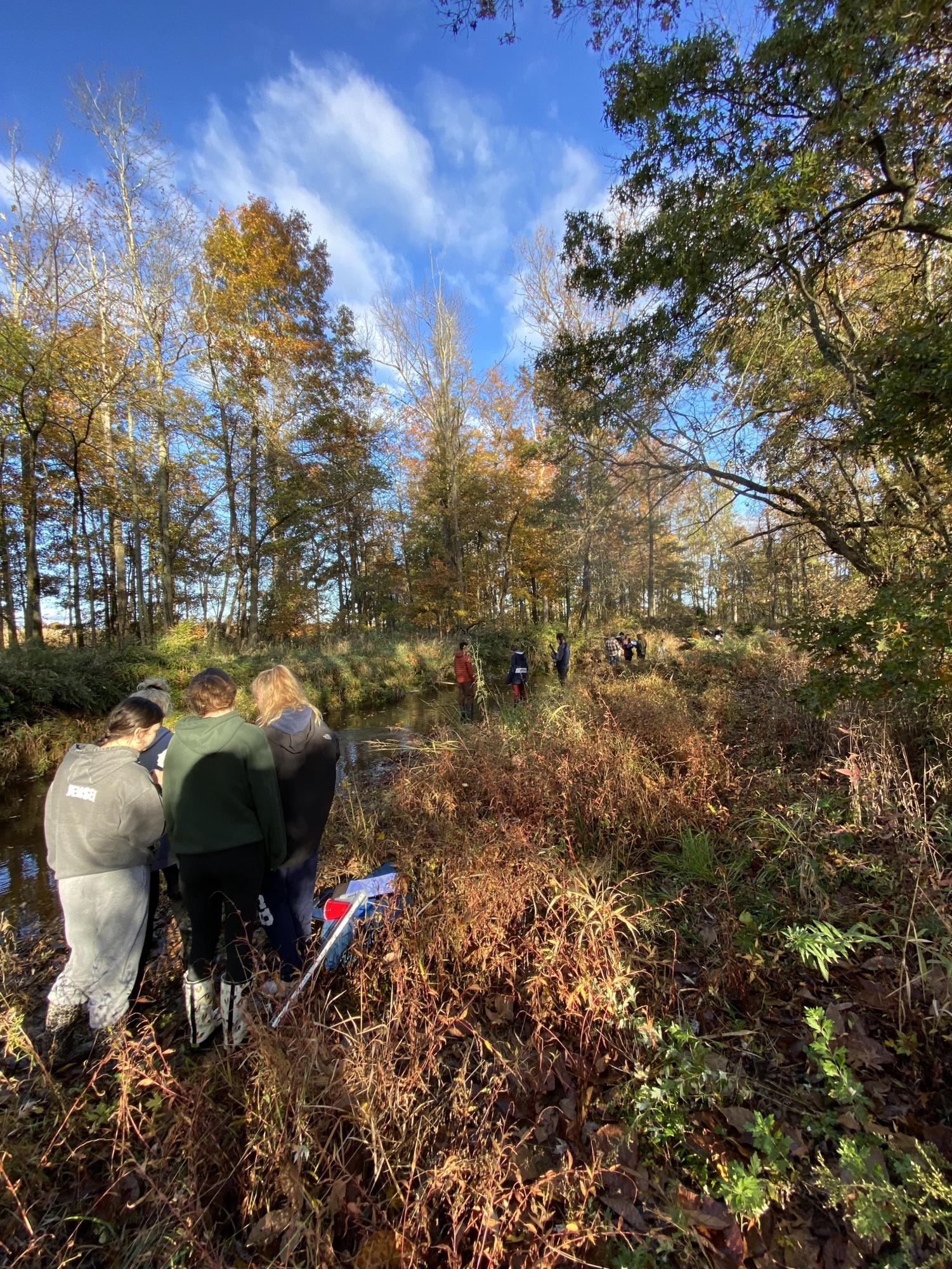
One of the main ways to help stop climate change is to stop unnecessary waste. Humans waste a lot of food and water, around 40% of food ends up in landfills and we waste two gallons of water per minute. We also require a lot of energy to grow crops, raise livestock for meat and to create safe drinking water for human use.
We can limit the amount that we waste by composting leftover foods, storing them for later, taking shorter showers and turning off the sink when washing dishes or brushing your teeth.
Recycling food and organic waste is another great way to help the environment. It contributes to improvement in soil health, recycling nutrients, reducing greenhouse gas emissions in our atmosphere and mitigating the effects of droughts.
Leaving charged or unused devices connected to a power supply still uses power, and these devices are called the idle load, and the output to power this idle load across every household in the US can equate to about 50 large power plants. Unplugging unused or fully charged devices can help lower the amount of energy you waste and the amount of emissions you create.
Cars, trucks, planes, trains and other vehicles contributed to about 28% of total US emissions in 2022 – and the average passenger vehicle produces 4.6 metric tons of CO2 per year. Driving a fuel efficient vehicle or using public transportation more often would allow you to cut down on how much fuel you use and reduce the amount of CO2 emissions that you produce.
Hybrid and fully electric vehicles, once they reach clean car standards in 2025, are expected to average ~55 miles/gallon compared to 2011, where the average was ~28 mi/gal, which would cut the amount of emissions in tonnage that you produce by around 50%~60% and save money on fuel prices.
Giving your tires a simple tune-up can boost your fuel efficiency from around 4% to 40%, and roof racks and other storage containers can reduce your fuel efficiency up to 5%; this means if you keep your tires inflated and avoid unneeded roof accessories, you can increase your fuel efficiency, produce less emissions and save money.
One of the simplest way that you can help in the fight against climate change is to speak up. Voice your concerns, thoughts or opinions about climate change and share these with your friends, family or use social media to do the same and spread the word further.
Your donation will support the student journalists of Delaware Valley Regional High School. Your contribution will allow us to attend conventions, purchase equipment and cover our annual website hosting costs.






